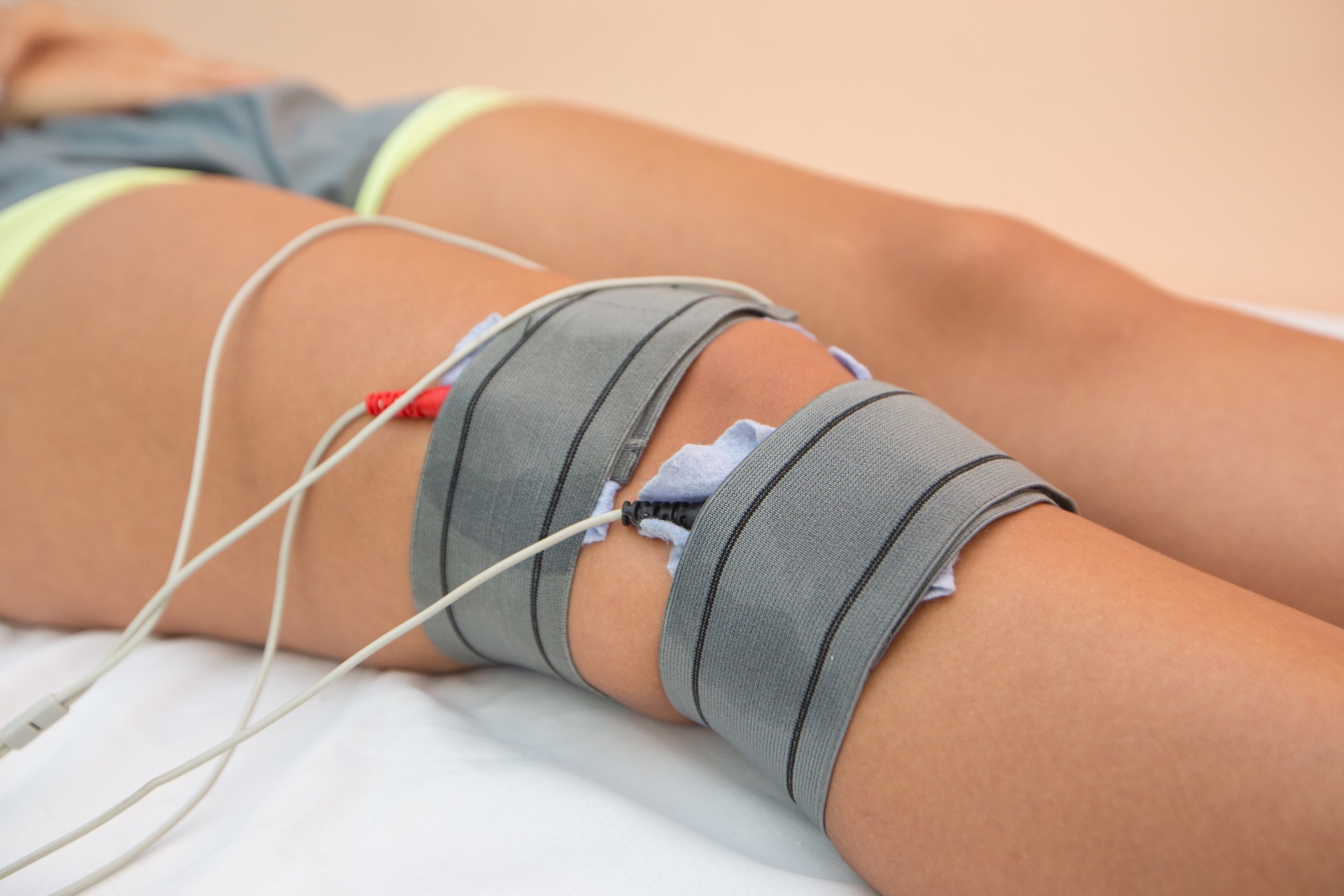Get Information About Bone on Bone Knee Pain Treatments and Its Effectiveness
Bone on bone knee pain is a condition that occurs when the cartilage in the knee joint wears away, causing the bones to rub directly against each other. This can lead to severe pain, stiffness, and reduced mobility. Understanding the available treatments and their effectiveness is crucial for individuals suffering from this condition. This article will explore various bone on bone knee pain treatments, their diagnosis, and the impact they can have on overall health and quality of life.

What causes bone on bone knee pain?
Bone on bone knee pain is typically the result of osteoarthritis, a degenerative joint disease that affects millions of people worldwide. As the protective cartilage in the knee joint deteriorates over time, the bones begin to make direct contact, leading to pain and inflammation. Other factors that can contribute to this condition include injury, obesity, repetitive stress on the joint, and genetics. Understanding the underlying causes is essential for developing an effective treatment plan and managing the condition long-term.
How is bone on bone knee pain diagnosed?
Diagnosing bone on bone knee pain involves a comprehensive evaluation by a healthcare professional. The process typically begins with a thorough physical examination and discussion of the patient’s medical history. Imaging tests, such as X-rays, MRI scans, or CT scans, are often used to visualize the extent of cartilage loss and bone damage. In some cases, additional tests like blood work or joint fluid analysis may be performed to rule out other conditions. Accurate diagnosis is crucial for determining the most appropriate treatment approach and developing a personalized care plan.
What non-surgical treatments are available for bone on bone knee pain?
Non-surgical treatments are often the first line of defense against bone on bone knee pain. These conservative approaches aim to manage pain, improve mobility, and slow the progression of joint damage. Common non-surgical treatments include physical therapy to strengthen the muscles surrounding the knee, weight management to reduce stress on the joint, and the use of assistive devices like canes or braces. Lifestyle modifications, such as low-impact exercises and dietary changes, can also play a significant role in managing symptoms and improving overall joint health.
When is surgical intervention considered for bone on bone knee pain?
Surgical intervention may be considered when conservative treatments fail to provide adequate relief or when the quality of life is significantly impacted. The decision to pursue surgery is typically made after careful evaluation of the patient’s overall health, age, and lifestyle factors. Common surgical procedures for bone on bone knee pain include partial or total knee replacement, osteotomy to realign the joint, and arthroscopy for minor repairs. The choice of procedure depends on the severity of the condition and the specific needs of the patient.
What is the effectiveness of bone on bone knee pain treatments?
The effectiveness of bone on bone knee pain treatments can vary depending on the individual and the specific approach used. Non-surgical treatments have shown varying degrees of success in managing symptoms and improving function. Physical therapy, for example, has been found to reduce pain and improve mobility in many patients. Surgical interventions, particularly knee replacement surgery, have demonstrated high success rates in reducing pain and restoring function for severe cases. However, it’s important to note that the effectiveness of any treatment can be influenced by factors such as patient compliance, overall health, and the extent of joint damage.
What are the costs associated with bone on bone knee pain treatments?
The costs of bone on bone knee pain treatments can vary widely depending on the type of treatment, geographic location, and healthcare provider. Non-surgical treatments are generally less expensive but may require ongoing expenses for physical therapy sessions or assistive devices. Surgical interventions, particularly knee replacement surgery, can be significantly more costly but may provide long-term relief.
| Treatment Type | Estimated Cost Range (USD) | Notes |
|---|---|---|
| Physical Therapy | $50 - $350 per session | May require multiple sessions |
| Knee Braces | $20 - $1,500 | Varies based on type and customization |
| Total Knee Replacement | $30,000 - $50,000 | Includes surgery and hospital stay |
| Partial Knee Replacement | $20,000 - $40,000 | Less invasive than total replacement |
| Arthroscopy | $5,000 - $15,000 | Minimally invasive procedure |
Prices, rates, or cost estimates mentioned in this article are based on the latest available information but may change over time. Independent research is advised before making financial decisions.
The impact of bone on bone knee pain treatments on overall health can be significant. Effective treatment can lead to reduced pain, improved mobility, and enhanced quality of life. Many patients report being able to return to activities they previously enjoyed, leading to better physical and mental well-being. However, it’s important to consider potential risks and side effects associated with various treatments, particularly surgical interventions. Regular follow-ups with healthcare providers are essential to monitor progress and adjust treatment plans as needed.
In conclusion, bone on bone knee pain treatments offer a range of options for individuals suffering from this condition. From conservative approaches to surgical interventions, the effectiveness of these treatments can vary. Understanding the available options, their potential outcomes, and associated costs is crucial for making informed decisions about managing bone on bone knee pain. As research continues to advance, new treatments and techniques may emerge, offering hope for improved outcomes in the future.
This article is for informational purposes only and should not be considered medical advice. Please consult a qualified healthcare professional for personalized guidance and treatment.




